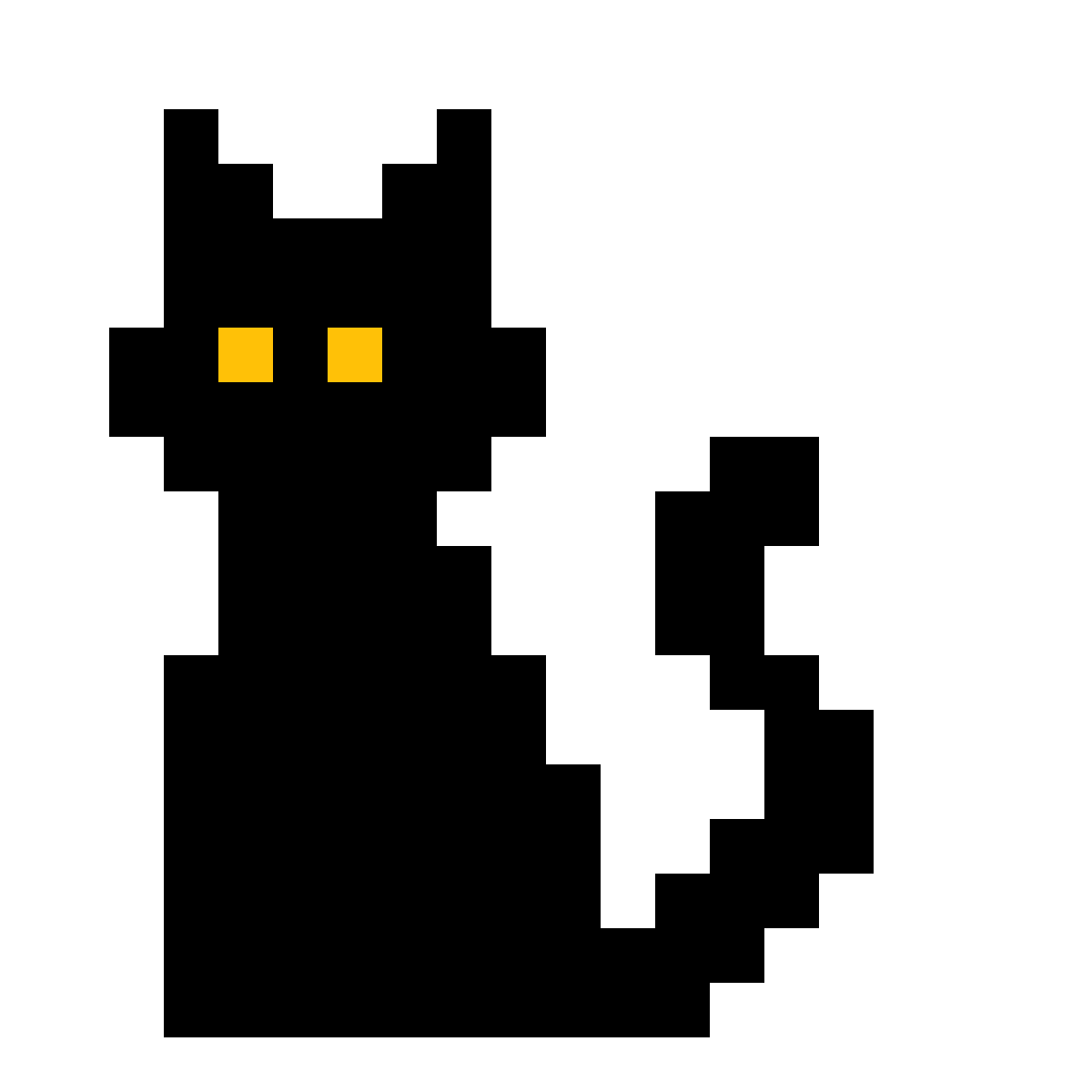1/2 <-- not a number. Two numbers and an operator. But also a number.
In Comp-Sci, operators mean stuff like
>,*,/,+and so on. But in math, an operator is a (possibly symbollic) function, such as a derivative or matrix.Youre not wrong, distinctively, but even in mathematics “/” is considered an operator.
https://en.m.wikipedia.org/wiki/Operation_(mathematics)

oh huh, neat. Always though of those as “operations.”
Mathematicians will in one breath tell you they aren’t fractions, then in the next tell you dz/dx = dz/dy * dy/dx
Not very good mathematicians if they tell you they aren’t fractions.
Also multiplying by dx in diffeqs
This is until you do multivariate functions. Then you get for f(x(t), y(t)) this: df/dt = df/dx * dx/dt + df/dy * dy/dt
Headache for mathematicians
This very nice Romanian lady that taught me complex plane calculus made sure to emphasize that e^j*theta was just a notation.
Then proceeded to just use it as if it was actually eulers number to the j arg. And I still don’t understand why and under what cases I can’t just assume it’s the actual thing.
e𝘪θ is not just notation. You can graph the entire function ex+𝘪θ across the whole complex domain and find that it matches up smoothly with both the version restricted to the real axis (ex) and the imaginary axis (e𝘪θ). The complete version is:
ex+𝘪θ := ex(cos(θ) + 𝘪sin(θ))
Various proofs of this can be found on wikipeda. Since these proofs just use basic calculus, this means we didn’t need to invent any new notation along the way.
I’m aware of that identity. There’s a good chance I misunderstood what she said about it being just a notation.
It’s not simply notation, since you can prove the identity from base principles. An alien species would be able to discover this independently.
It was a fraction in Leibniz’s original notation.
When a mathematician want to scare an physicist he only need to speak about ∞
When a physicist want to impress a mathematician he explains how he tames infinities with renormalization.
Chicken thinking: “Someone please explain this guy how we solve the Schroëdinger equation”
Division is an operator
Little dicky? Dick Feynman?







